Landfill Solutions
LANDFILL SOLUTIONS
READY TO MEET YOUR EXPECTATIONS
Maximum compaction. Lowest cost per ton. All-day availability. You expect a lot from your landfill equipment, and we're ready to deliver the results you demand—with a variety of solutions to help you be more competitive every day.
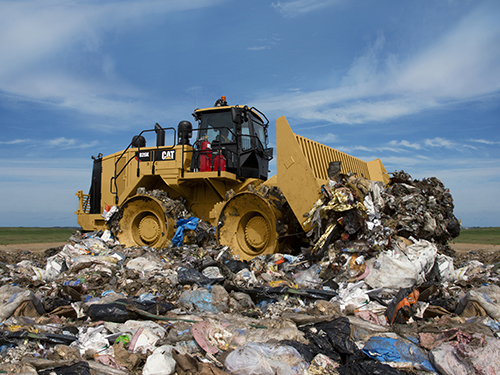
5 WAYS TO MANAGE PEAK TIMES
It’s a simple formula: The more density you can achieve, the more volume you can handle and the more revenue you can generate. Unfortunately, what happens during “peak times”—the two or three times each shift you likely receive 50-75% of your waste—has a big effect on your ability to maximize density.
How? In the rush to work the large volumes of waste you receive during peak times, you may sacrifice correct push distances, layer heights, patterns and passes—all of which compromise density. Working too quickly often means working less safely as well.
So what’s the best way to manage peak times, maximize airspace and maintain safe operation? We’ve talked to a number of landfill managers about this issue over the years, and here’s what they tell us are the top five best practices:
1. KNOW YOUR DATA.
Do you know exactly when your peak times occur? As a first step, review a few weeks’ worth of input data—selecting different times throughout the year when volumes may vary. (Talk to your machine operators, too, as they experience the effects of peak times every day.) Once you have that knowledge in hand, you’ll be better equipped to choose the right solutions for your operation.
2. ADJUST YOUR ROUTES.
Landfill managers who haul their own waste say this is one of the best ways to manage peak times. If you operate your own trucks, consider adjusting their schedules to spread deliveries throughout the day. That way, you avoid having large volumes of waste arriving just two or three times a shift.
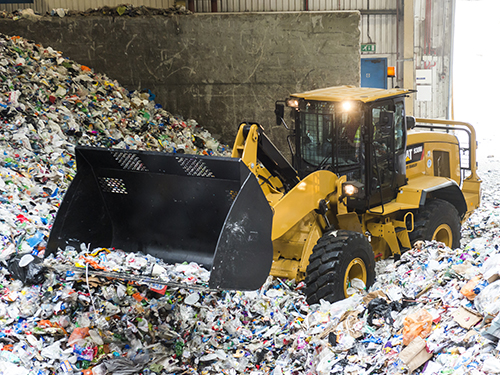
3. CREATE MORE SPACE.
If you can’t control when waste arrives, can you find more space to handle it? One option is to slightly increase the size of your working face or tip area. You might also try staging the waste slightly to the side or moving it to the top. Then you can work the waste up or down in layers when the peak subsides. Another option is to create a bench at the front part of the working face with the waste dumped during peak times—then cut and layer that bench up on the working face when input slows down. (Many landfill managers tell us they achieve better density this way.)
4. REASSIGN YOUR ASSETS.
Do you have dozers working in support roles around your site? What about an extra compactor or two on hand for back-up purposes? If you have operators also working in support roles, think about reassigning them to these “extra” machines during peak times to help with the additional volume. They can return to their original tasks when the work slows down.
5. REVISIT YOUR SCHEDULE.
Data tells us many peak times occur between 10am and noon or between 11am and 1pm. What else often happens around the same time? Lunch and breaks. Look at your schedule and compare it to your peak time data (#1 above). Do you have machines or operators sitting idle when large amounts of waste arrive? Are shift changes, refueling or routine maintenance occurring during peak times? If so, it might be time to rethink your schedule.
While there’s not much you can do to eliminate peak times, you can take action to manage them—as these best practices from landfill managers prove. The result could be better density, a safer operation and a stronger bottom line. Questions? Toromont Cat can provide additional guidance. Don't hesitate to ask.
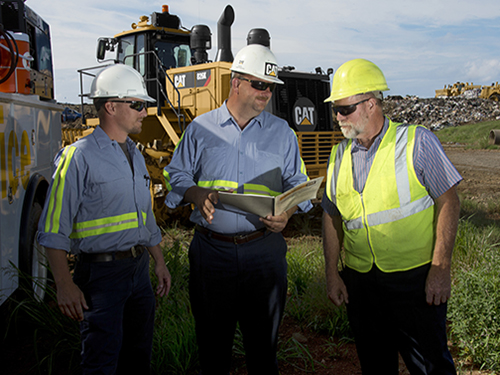
SAVE ON AIRSPACE, FUEL & REWORK WITH COMPACTION TECHNOLOGY
What if you could compact more trash in the same amount of space, adding years of life to your landfill and a big boost to your bottom line? It’s not a pipe dream. Landfill managers using GPS technology—like Cat® Compaction Control for Landfill Compactors—report efficiency gains of 10-25%, thanks to more accurate pass counting and better compaction density. Here’s how it works—and six ways you can benefit.
HOW IT WORKS
Cat Compaction Control for Landfill Compactors combines advanced compaction measurement, in-cab guidance for operators and reporting capabilities for managers. The system includes a Global Navigation Satellite System (GNSS) receiver on the roof of the machine and a mapping display inside the cab.
You can select a Satellite-Based Augmentation System (SBAS) to track pass counts or a Real-Time Kinematic (RTK) system to monitor both pass counts and elevation. Either option is ready to go on Cat K Series compactors straight from the factory, which means you can add it any time. You can also choose to start with SBAS and upgrade to RTK when the time is right.
6 WAYS YOU CAN BENEFIT
1.GET MORE ACCURATE PASSES.
Even the best operators can lose track of pass counts over the course of a long shift or in the rush of peak times. When that happens, you run the risk of over- or under-working the waste. With Cat Compaction Control, operators don’t have to keep track—the system delivers real-time 3D pass mapping right in the cab, indicating exactly where to work. Just by glancing at the display, your operators can maintain a consistent, proper four-pass pattern, all shift long.
2. ACHIEVE BETTER DENSITY.
With the RTK version of Cat Compaction Control, the system does more than map pass counts. It also uses an elevation-based algorithm to measure when layers are compacted to optimum density. No more relying on operators to judge compaction by feel or stopping work for manual measurement. Now, your operators will know exactly when their compaction work is done—saving time and fuel in addition to maximizing density.
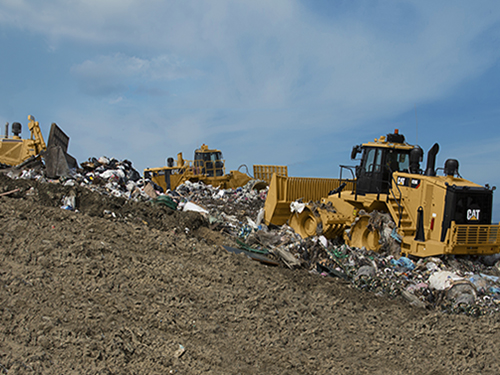
3. CREATE DESIGNS IN THE FIELD.
Need to manage water flow, construct an access road or create a working face or plane? With Cat Compaction Control, your operators can pull up design files right in the cab—choosing from built-in master plans or creating new ones on the fly. That means you can keep your operation moving, rather than having operators sitting idle waiting for someone in the office to generate designs.
5. WORK MORE SAFELY.
Cat Compaction Control allows you to set up avoidance zones, then delivers an alert to operators in the cab when they get too close—helping stop accidents before they happen. The system records the data, so you can do any necessary training with operators after the fact. It also lets operators flag the location of any “special” or hazardous material—asbestos, treated lumber, medical waste, etc.—right from the cab.
6. MAKE BETTER, FASTER DECISIONS.
Cat Compaction Control gives you the option to send the data collected onboard your machines to VisionLink® to view and analyze remotely. Use 3D project monitoring to filter data by date, design, machine, elevation or area. View elevation data relative to your master design plan. Use the landfill app to enter tonnage and view daily and moving average density. With this information, you can see trends and make changes—like training operators or switching out machines—right away. You’ll also have less need to call in surveyors, and fewer people on the ground means lower costs and less chance of accidents.
Ready to see what Cat Compaction Control for Landfill Compactors can do for your operation? Toromont Cat can share more details and set up a demonstration.
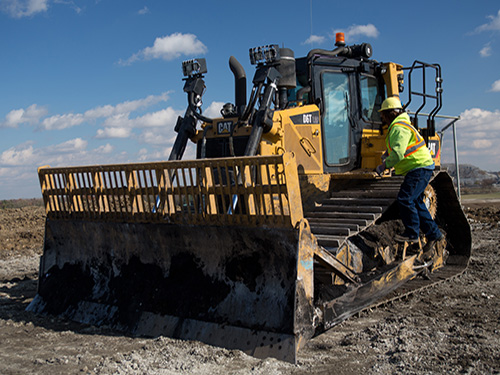
GET MORE WHEN YOU CHOOSE CAT LANDFILL SOLUTIONS
Discover how Cat landfill solutions—equipment, technology, expertise and support—can help you get more done, more efficiently and more safely.
